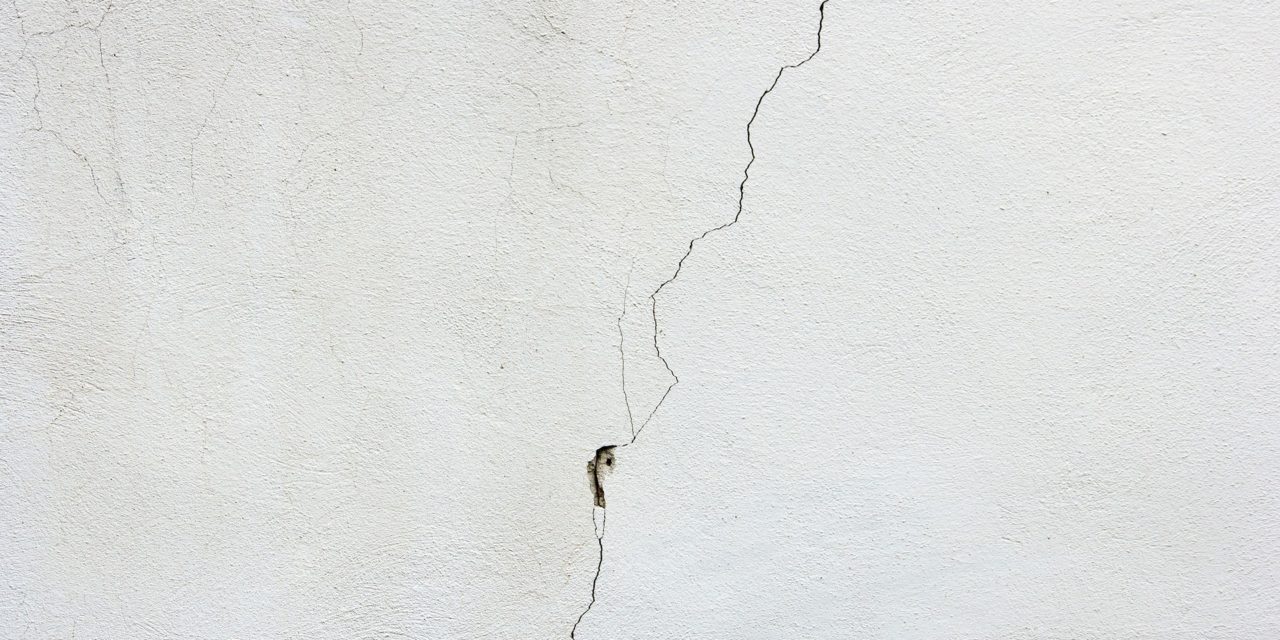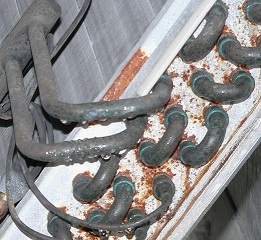We’ve already discussed the scope of the defective drywall situation as well as the financial effects and some of the attempts to help affected homeowners in previous posts. In this post, we’ll discuss new developments in defective drywall litigation and the resulting settlements, as well as an update on drywall regulations.
Many affected homeowners sued the manufacturers and various other companies responsible for the distribution or installation of the drywall. In June 2009, most of the lawsuits arising from the use of defective drywall in U.S. homes were consolidated under multidistrict litigation (MDL) in the U.S. District Court for the Eastern District of Louisiana. U.S. District Judge Eldon Fallon in New Orleans is overseeing the federal civil lawsuits in MDL 2047.
One of the two primary foreign manufacturers of defective drywall, Taishan Gypsum Co. Ltd., is owned by the Chinese government. In May 2010, Judge Fallon awarded a $2.7 million default judgment against Taishan in favor of seven representative Virginia homeowners whose properties were damaged by the product in a bellwether trial; Taishan, however, claimed that the U.S. courts have no jurisdiction over them. After a long legal battle with multiple appeals, in which Taishan unsuccessfully argued that U.S. courts have no jurisdiction over the company, the company simply stopped appearing in court. In response, in July 2014, Judge Fallon held Taishan in contempt of court. As a result, Fallon ordered a $40,000 penalty plus $15,000 in attorney’s fees to be paid to the plaintiffs’ counsel and issued sanctions forbidding Taishan and any of its affiliates or subsidiaries from doing business in the United States until the company cooperated.
Apparently the sanctions worked, because on March 27 Taishan paid a $3.2 million final judgment to the seven Virginia homeowners. It’s believed to be the first judgment rendered by a U.S. federal court and paid by a state-controlled Chinese corporation. A damages trial on behalf of approximately 4,000 other homeowners whose properties were similarly damaged by the same defective Taishan drywall has been set for April 28, although some sources say the trial may be delayed to allow more time for discovery.
The other primary foreign manufacturer of defective drywall is Knauf, a German-based firm that produces drywall in China. The Knauf Defendants include Knauf Plasterboard (Tianjin) Co. Ltd. and related firms, as well as drywall suppliers and installers. The class actions involving the Knauf Defendants were settled in 2012 and approved in 2013. The Knauf Defendants agreed to create an uncapped fund to pay for repairs to about 5,200 properties, mostly in Alabama, Florida, Louisiana, and Mississippi. A separate $30 million fund was established to pay for other types of losses, including health problems attributed to the defective drywall. Settlement payments are currently being administered by BrownGreer PLC. According to BrownGreer, 91% of claims for the Knauf settlement had been paid as of March 24, 2015.
In an attempt to prevent further problems with defective drywall, Congress passed the Drywall Safety Act of 2012. One of the requirements of the Drywall Safety Act was a mandate that the U.S. Consumer Product Safety Commission (CPSC) promulgate a rule within 2 years to limit the amount of sulfur in domestic and imported drywall. On January 23, 2015, the CPSC published its new rule implementing ASTM C1396-14a, “Standard Specification for Gypsum Board,” effective July 22, 2015. ASTM C1396-14a limits the sulfur content of gypsum board to 10 parts per million (ppm), a level at which there is no association with elevated corrosion. As a product subject to a consumer product safety rule, drywall imported into or distributed in the United States on or after the effective date must comply with the sulfur content limits of ASTM C1396-14a and must be accompanied by a general certification of compliance.
Keep checking back, and we’ll have further updates on the resolution of the defective drywall situation, as well as other cases of construction defects.







It is really unfortunate that there are so many drywall firms that have drywall that isn’t of good quality. I have a friend that recently found out that she has defective drywall in her home. Now she needs to get it removed and replaced. I think it would be good for her to start researching more about these different types of drywall, just to be sure she doesn’t get something defective again!
Very amazing and useful content! Thank you for sharing! Look forward to more.
Really amazing and useful content! Appreciate you for making the effort! Look forward to more.